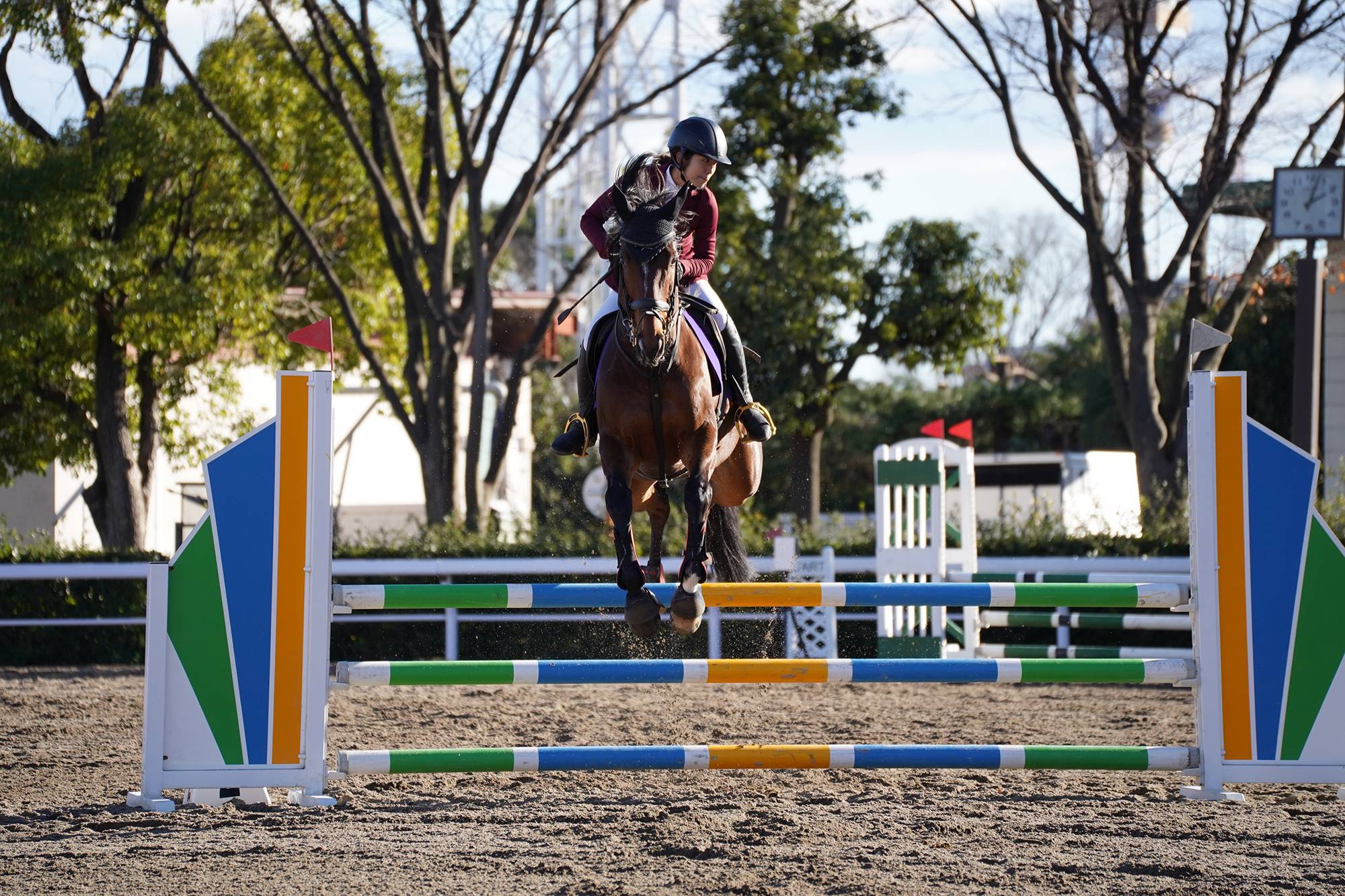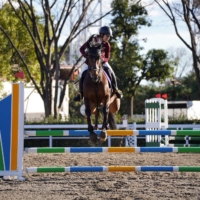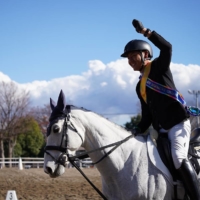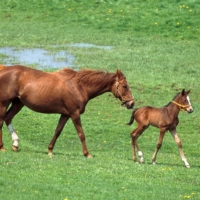Opportunities for retired racehorses to play active roles have been steadily, if gradually, increasing.
On Dec. 18, the final round of the Retired Racehorse Cup (RRC), an equestrian competition organized by the National Riding Club Association, was held at the riding center of Tokyo Racecourse. Thirty-nine former racehorses that won in regional jumping and dressage competitions participated in the event, bringing excitement to riding fans at the end of the season. The cup is Japan’s only equestrian competition for retired horses, more than 500 of which entered 18 regional competitions in the lead-up to the final. Last year, three eventing competitions were held on separate days to keep up with the cup’s nonstop growth.
The post-retirement fate of thoroughbreds has always been a controversial subject. Racing is a world where only the strong survive. Nearly all horses registered with the Japan Racing Association that fail to record a win by the summer of the year they turn 3 years old are forced to be either transferred to registration with the National Association of Racing to run in competitions administered by local governments, switch their specialization to jumping, or retire altogether. Racehorses are rarely seen competing at the ages of 7 or 8, insiders say.
After retiring, male horses can go on to life as sires if they have an admirable track record in major races. Females can become brood mares, becoming mothers and passing on their blood to the next generation. The JRA provides support money to horses that have won high-stake races but this is only for a chosen few. Every year, about 5,000 new animals are registered as racehorses while about the same number are deleted from registration. About 3,500, or 70%, of the 3-year-olds that make their racing debuts in the summer of the year they turn 2 or older leave the JRA’s register without ever crossing the finish line.
Practically speaking, it is difficult to support all retired horses. Monthly administrative and feed costs at a riding club typically total ¥100,000 to ¥150,000 per horse. Costs for a retired horse total ¥70,000 to ¥100,000 per month. These go up if treatment by a vet is needed. In addition to the costs, securing land for ex-racehorses and personnel to care for them is also an issue.
Fortunately, activities to broaden the scope of support personnel have grown over the past few years. For example, there are some nonprofit corporations that promote foster programs to find caretakers for retired horses. In July 2016, the JRA, for its part, joined the International Forum for the Aftercare of Racehorses, which was started by Dubai ruler Mohammed bin Rashid Al Maktoum’s Godolphin horse-racing team. In 2022, the JRA began to sponsor IFAR’s activities. In Japan, the association established in 2017 a Review Committee on Retired Racehorses, composed of members of the horse-racing community to investigate issues regarding retired racehorses and explore ways to address them.
Efforts to care for retired racehorses in Japan are focused mainly on promoting their second careers (which is also addressed overseas), and on measures to support their lives after retirement, presenting an overarching goal of developing a structure for securing places and people who can be involved with retired racehorses. To this end, in December 2018, the JRA launched a program “to provide the support and care for the life of racehorses after retirement.”
Efforts to promote second careers consist of re-employment support, in which horses are retrained for recreational riding, and environmental support. The latter includes promotion of riding and equine affairs, measures to reinforce equestrianism competition, efforts to diversify other related activities (such as the use of horse therapy and riding opportunities for children and people with disabilities), as well as support for college equestrian teams.
Last year, the JRA budgeted more than ¥1.27 billion for subsidies as it continues to explore what it can do in this field.
The Retired Racehorse Cup mentioned earlier was first held in 2018 and originally began with six regional competitions. This year, regional competitions are planned at 27 venues, with jumping and dressage to be held at 15 and seven venues, respectively, and five venues to host eventing.
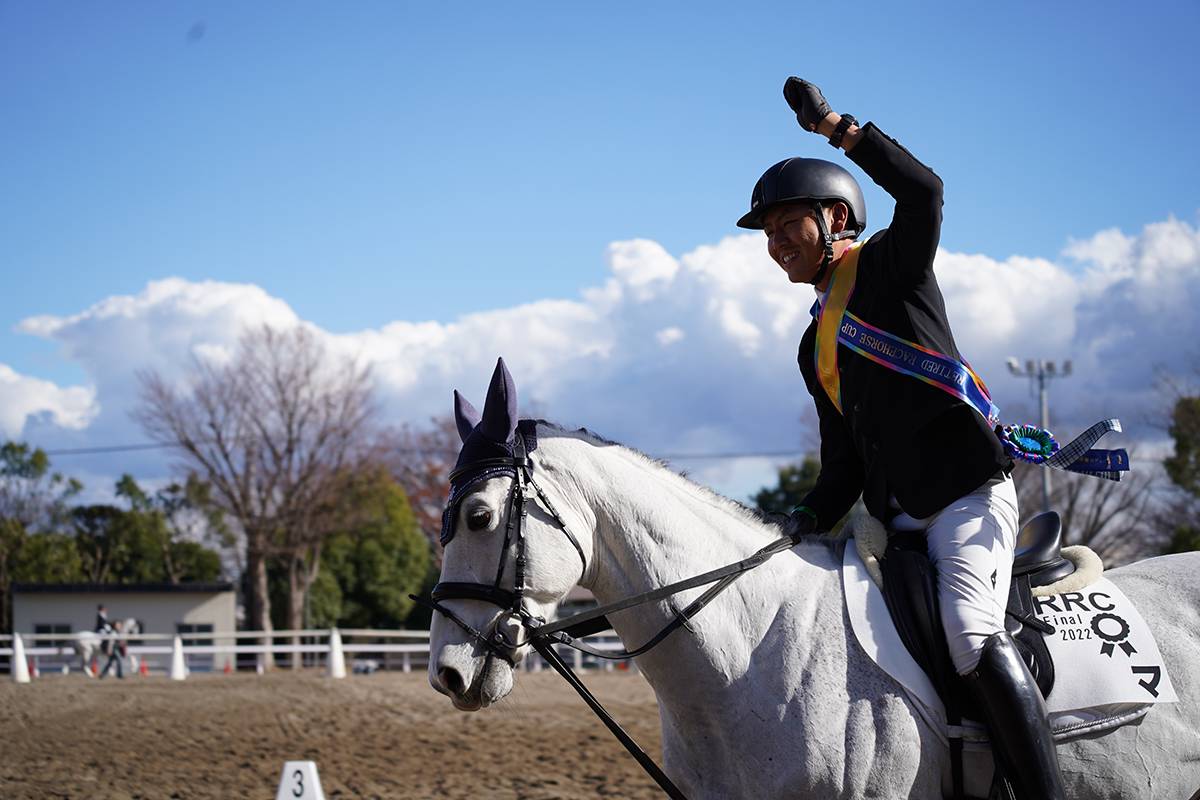
Horses 3 or older that competed in races on Jan. 1, 2020, or later, as well as 3- to 7-year-olds that have not run in such races, can qualify for this fiscal year’s RRC. Inviting participation by horses that ran their final races relatively recently means fans can be reunited with familiar names.
In the past, horses that ran in derbies, in which 3-year-olds vie for the top of their generation, participated in the RRC regionals. Last year, the RRC was broadcast on YouTube for fans who could not attend in person. Name recognition from their racing years helps stimulate interest in equestrianism and creates opportunities to showcase its appeal to more people. The RRC is serving as part of the push to promote these competitions and expand the fan base.
The level of competition at RRC events is low compared with the industry’s leading events. In dressage, horses are screened on whether they can handle the required movements as the first step in switching to riding horses from racehorses. In last year’s finals, dressage was held at the second lowest of the five general levels. Nima, which won last year’s cup, and rider Tomohiko Nishiwaki scored an overall mark of 66.13%, exceeding the 60% passing mark for the required movements.
Although it is an entry-level competition, one horse built a remarkable track record by participating. That horse, Takeru Black, ran in six competitions and retired from racing without scoring a win. In January 2022, this horse emerged No. 1 in the All Japan Domestic Horse Jumping Championship Part II event, which is aimed at giving horses-in-training and riders with relatively little experience an opportunity to demonstrate their skills. Takeru Black’s former owner, trainer and stable manager from his racing days were on hand to cheer him on.
Expanding second-career options for retired racehorses will help support their lives in the future. “It’s a great thing when you think about the life of horses,” said Sakae Kunieda, Japan’s top trainer. He trained horses that won a total of 22 JRA Grade 1 races, including Almond Eye, which won a total of nine Japanese and overseas G1 races.
“Racehorses can be active for three to four years,” Kunieda said. “When we think of what we should do for the 10 years or 15 years after retirement, I think it would be great if there are wide-ranging uses for them, even those that don’t have notable track records, for wide-ranging needs, including horse therapy.”
The RRC remains small in scale and is yet to mature, but if horse welfare eventually makes business sense, it will open up a path for a second life for many of the animals. Some may be born to become racehorses, but running fast is not the only thing they are capable of. There are no doubt places elsewhere where they can shine, and the RRC is a testament to this.
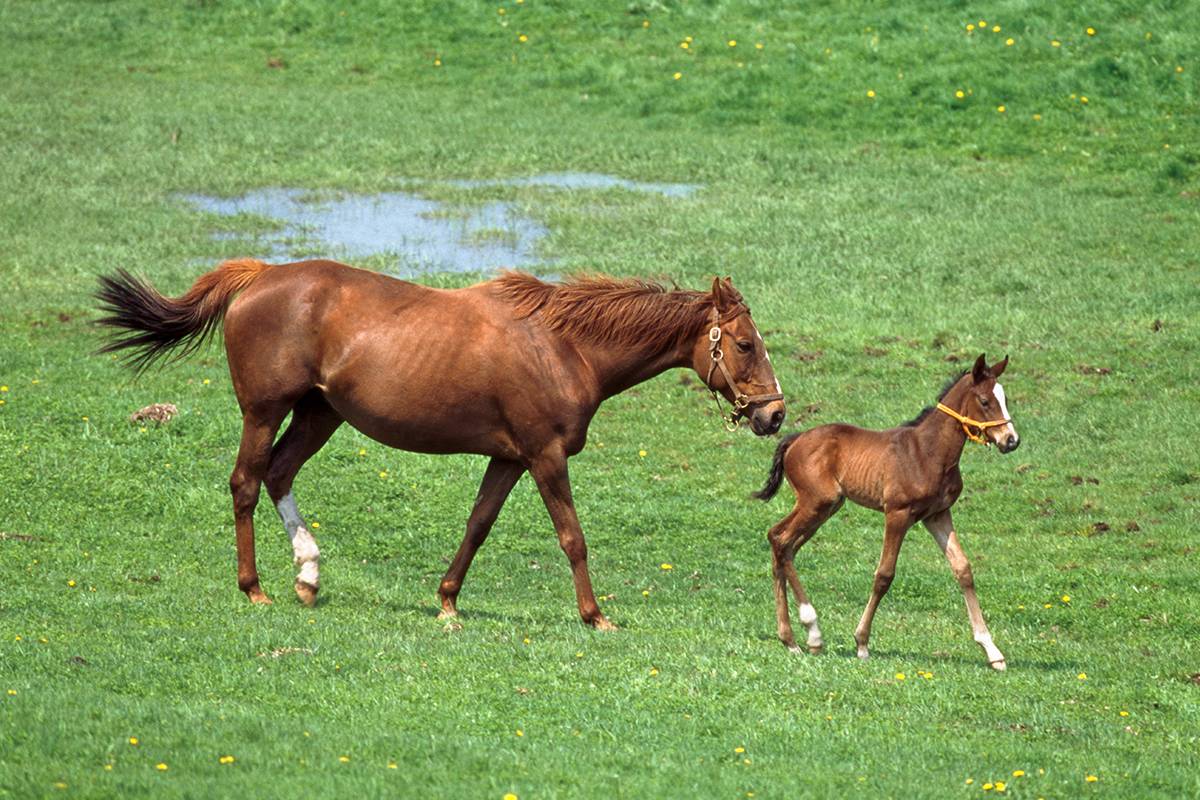
This page is sponsored by the Japan Racing Association.



